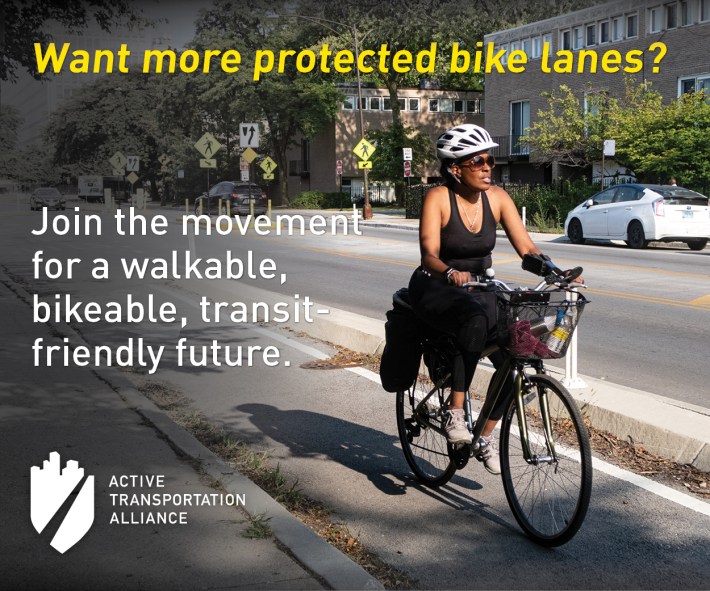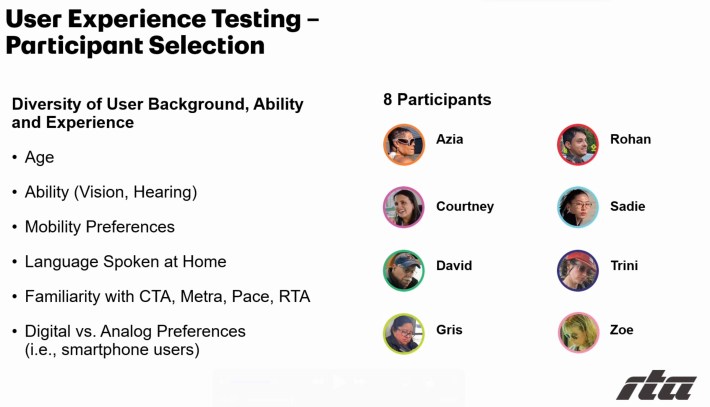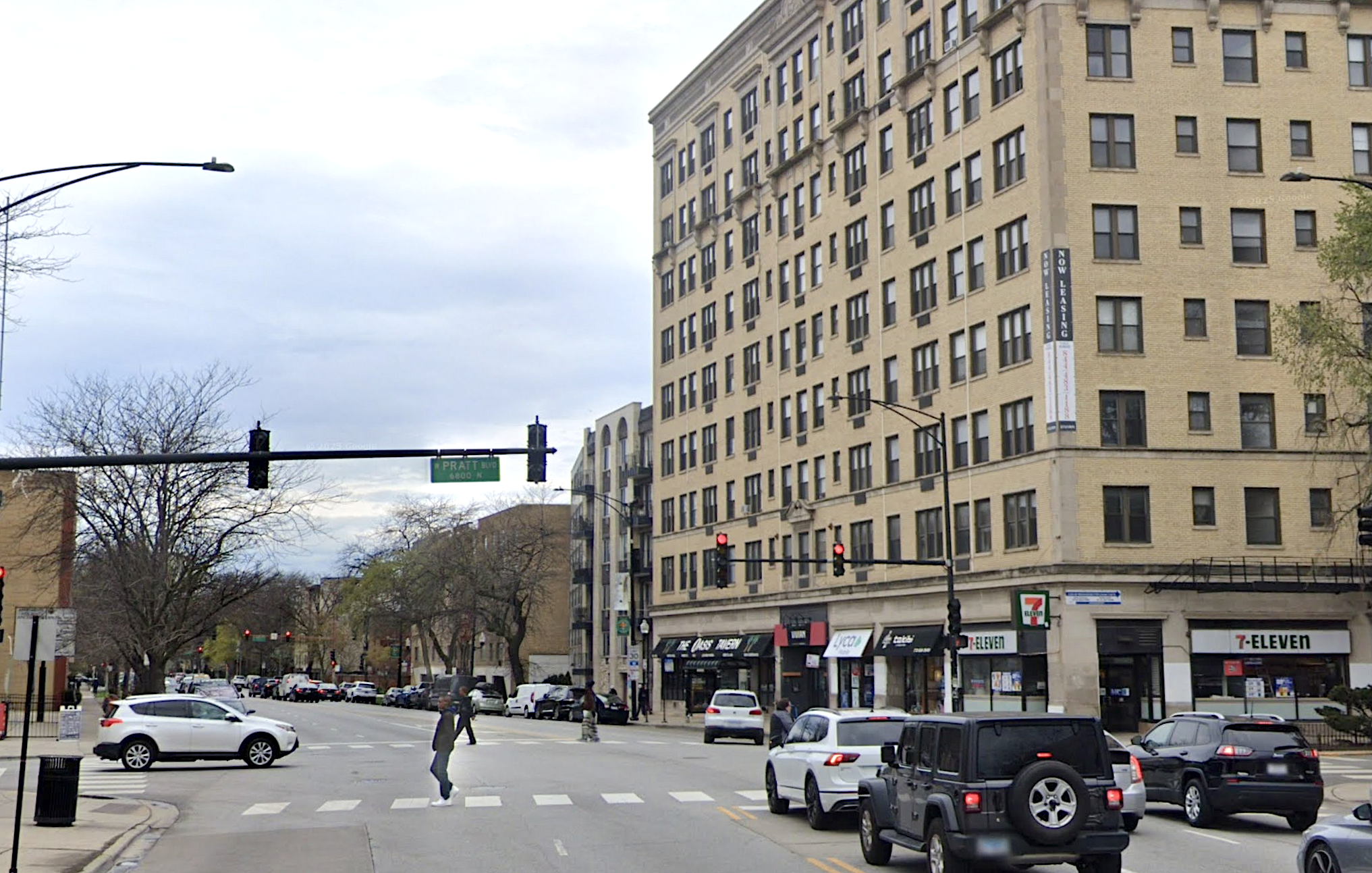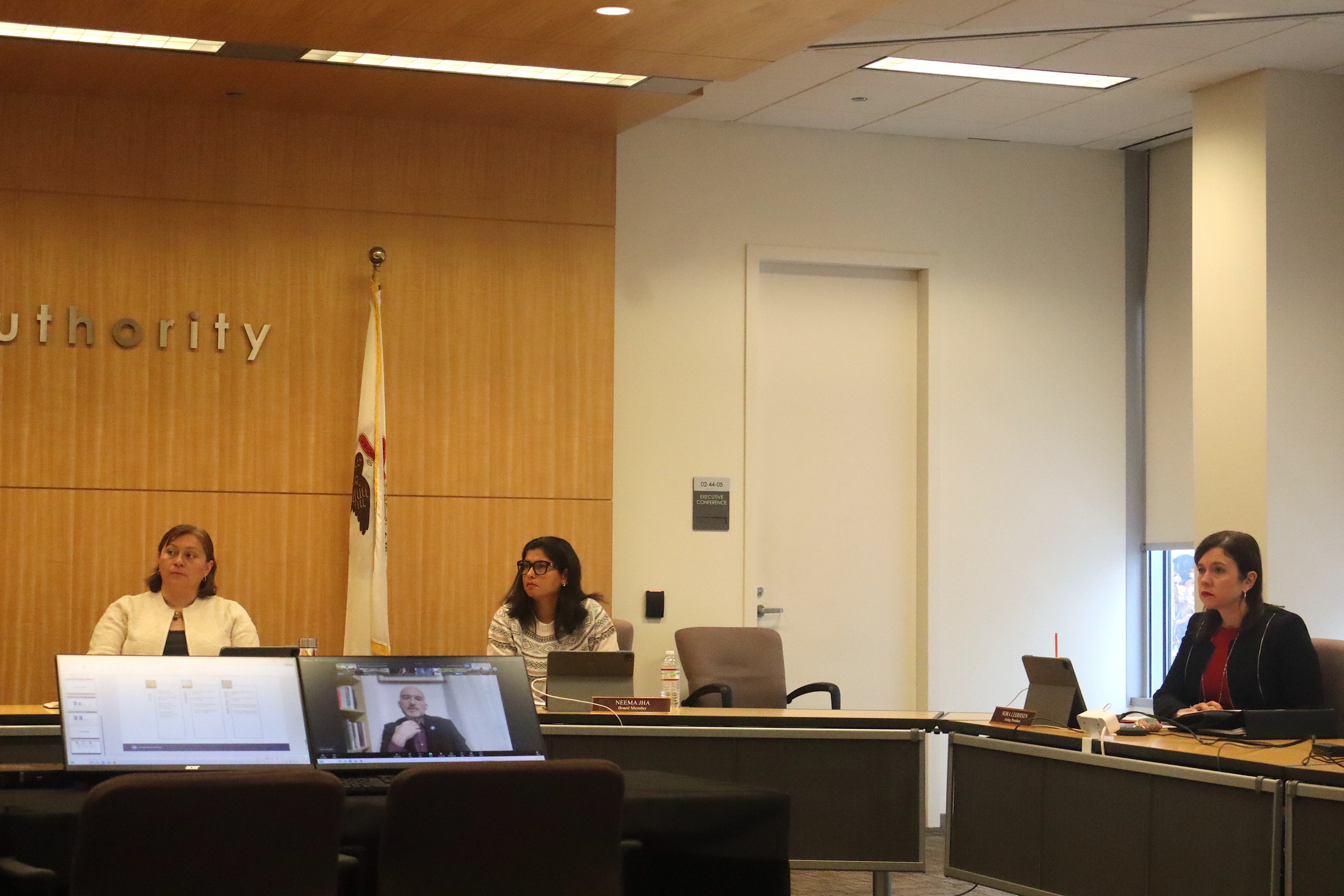
The Regional Transportation Authority held its latest installment of its four-part webinar series Transportation Tuesday info session yesterday, which discussed the RTA Travel Information Action Plan 2025. Back in February of 2024 the agency hired a consultant team led by HNTB Corporation to conduct a review and assessment of all information provided to riders. The plan was published in May 2025 and includes a three-year roadmap for improving how transit information is communicated throughout the region.
Also included in the plan are recommendations for immediate and longterm actions for the RTA, CTA, Metra, and Pace that will make transit easier to understand and use. A priority identified in the plan is clear, accessible, and accurate real-time transit information. During the webinar, the RTA project leads discussed how the plan was developed, and the tangible steps that will be taken to improve how riders receive and use transit information.

"For our regional transit system to work seamlessly, information must be consistent across the service providers," said RTA Division Manager Kevin Stanciel during the Zoom. He said customers using the regional public transportation network should feel at ease using CTA, Metra, and Pace "in terms of the information provided at the station; on buses and trains; on signage identifying services; and via audio-visual information."
Stanciel said RTA's work for the travel information action plan included seven tasks:
- Steering Committee Engagement
- Customer Information Inventory
- Review Customer Information Changes Since 2005 RTA Research
- Update Foundation User Experience (UX) Research
- Transit Customer User Experience Testing
- Identify Coordination Opportunities
- Develop an Action Plan

Next, RTA Program Specialist Beatrix Yan discussed going over the agency's 2005 Foundational User Research / Rider Experience report to figure out what was accomplished, what still needed to be done, and what things had changed in about two decades. One of the main takeaways was the effect of changes in technology, with smartphones having become the primary platform to improve transit information. Another aspect examined was travel options, that have increased with the rise of ride-hail services. There were also changes in customer expectations, with transit riders expecting accurate, real-time information.
"When the RTA provided real-time information for CTA bus, CTA rail, Metra, and Pace on the RTA website in 2014, the Chicago region became the first region in the United States to provide real-time information for all public transit services," Yan said. "With the advancement of the digital interfaces, this task also identifies the usability principles to ensure that digital and printed materials align with three key findings, and the best practices and user experience, or UX design, digital interfaces are an extension of the transit network. Consistency is required, and redundancy is preferred, and every transit employee is a potential source of transit customer information."
Yan also went over was user experience and testing. The consultant team recruited a diverse group of transit users and oversaw their decision-making and habits during an actual trip. There were a total of eight participants of different age, technological experience, mobility preferences, and navigation preferences. The trips were pre-selected and assigned by the RTA and consultant team to represent a wide range of possible cross-region trips.

"The team conducted ride-alongs, which means that we observe the riders during the trip without interfering or providing guidance, really just kind of flies on the wall, taking notes as they're navigating, looking at their phones or looking at their maps or trying to figure out how to navigate from from place to place," Yan said. "To supplement these observations, the team also interviewed the riders before and after the trip, and the key findings from the user testing, some of which are highlighted in the travel information action plan, helps to inform the recommendations."
Also discussed were eight further coordination opportunities:
- Increase coordination and consistency of customer information products and services
- Develop a standard means of information reporting using the General Transit Feed Specification
- Improve the delivery of service alerts
- Expand the utility of dynamic signage at stations and on transit vehicles
- Refine communication strategies around special events
- Improve interagency signage for clarity and accessibility
- Improve dynamic audio and visual announcements at stations and in transit vehicles
- Implement consistent language support across all Service Boards
During the Q&A, an attendee asked if the more powerful umbrella transit agency to replace the RTA, proposed as the Northern Illinois Transportation Authority, would help. NITA was included in the state transti revenue and reform bill HB3438, which was passed by the State Senate, but not the House, on May 31.

"Yes, stronger regional authority and stronger regional coordination has been one of the consistent themes throughout the revenue and reform conversations that have been happening over the last few years," said RTA Principal for Government Affairs Kyle Whitehead. "So it was certainly a central theme of our Transforming Transit proposal."
"It was also a theme of the [Metropolitan Mobility Authority proposal to consolidate the four agencies] and the United We Move Act, which was introduced by labor. So the final bill that did pass out of the Senate, but did not pass the House, contained elements of all those different proposals, and it'll certainly be a theme for riders and legislators as those talks continue."
"If you want to dig in more to what's been proposed in the legislation and what stronger regional authority might look like, we do have a Transit Is the Answer Coalition meeting planned for next week to talk more about some of the reforms that were introduced in the Senate and how that will affect the system and its riders," Whitehead added.
The meeting is Wednesday, August 13, 1 p.m., pre-Zoom-ably online only. Register here.
View the meeting presentation here.
Check out the Travel Information Action Plan here.

Do you appreciate Streetsblog Chicago's reporting and advocacy on local sustainable transportation issues? If you haven't already, please consider making a tax-deductible donation here to help us continue publishing in 2026. Thanks!






